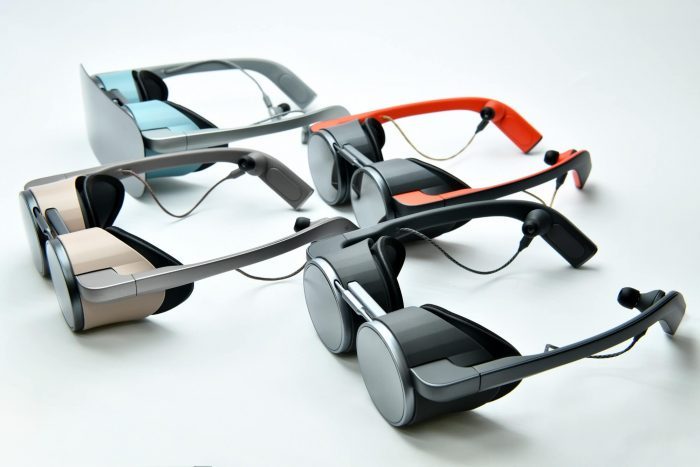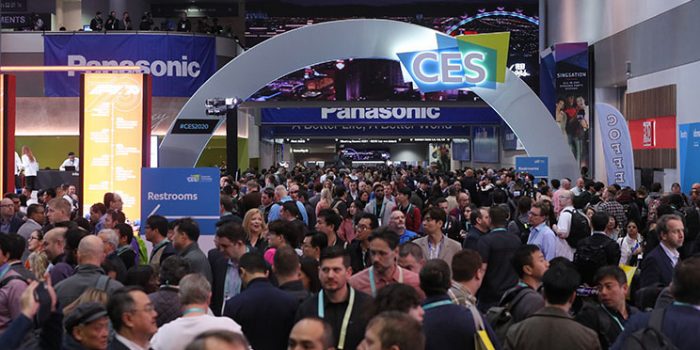
4,400 exhibitors, almost 2.9 million square feet of exhibition space, 175,000 visitors – the Consumer Electronics Show (CES) was again a must-attend for anybody interested in tech. But now is not the time to reminisce about the many highlights presented this year. The next CES from January 6th to January 9th 2021 will once again transform Las Vegas into a gadget wonderland and if you want to participate as an exhibitor, you need to start planning well ahead of time. Here are some key facts you should know in advance and deadlines that are quickly approaching.
Robots that make pizza, glasses with integrated displays, self-driving cars – CES was once again the launch pad for a plethora of new products that could significantly change our lives. Artificial Intelligence and the Internet of Things were hot topics this year, so were 8k TVs and 5G technologies. The automotive industry also contributed a fair share to the line-up of innovations – from ever-popular autonomous cars and electrified engines to vehicles that present a new way of interaction between humans and machines.
Mid-size businesses next to global corporations
At CES, products will be seen by a wide range of international, tech-obsessed audiences with a high reach in social media. The show is also highly covered nationally and internationally by both general and trade media. It has moreover evolved into an effective B2B platform with an impressive potential for sales. Technology and mobility representatives, who want to present their product innovations to a big audience, will find that Las Vegas is their perfect stage. An appearance is well worth it for mid-size businesses as much as it is for global corporations.
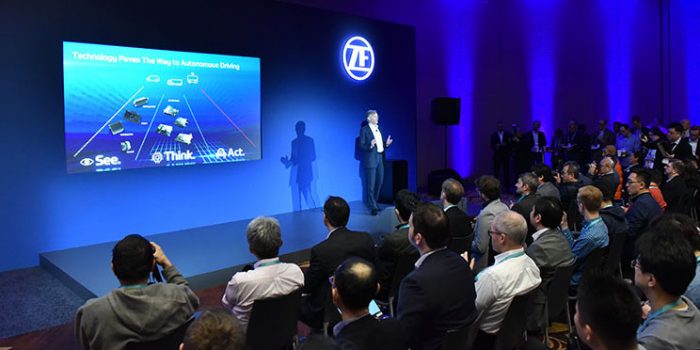
CES offers almost three million square feet of exhibition space between the Las Vegas Convention Center (LVCC) and various hotels. The show is even expanding: The new West Hall will offer as much space as ten football fields upon completion in 2020. Whoever wants to expose their products to as much foot traffic as possible should plan to have a booth at the LVCC. Exhibition spaces at the various hotels are more suitable for exclusive events and meetings with selected and invited guests.
Which size fits best?
As a crowd pleaser, CES is very popular with exhibitors, which is why you have to be quick: The Consumer Technology Association (CTA) is assigning a majority of prime spaces at the LVCC already in February. If you are not a member of the CTA, one square foot will cost you 46 USD. Members will receive a discounted price of 41 USD per square foot. Looking at booth sizes, this means that the smallest booth space (approximately 100 square feet) will be available for a fee of 4,100 USD for the duration of the show. On the upper end of that spectrum, some of the biggest spaces with approximately 10,000 square feet will cost you around 410,000 USD.

Apply for keynotes now!
If you are interested in giving a keynote, get on it now. Keynotes that are happening on the big stage at Las Vegas Strip locations such as the Park Theater or the Venetian Hotel and Resort are in high demand. However, you cannot simply book a slot but have to actually apply for it. The unofficial deadline for keynote applications is March and applicants are being selected based on the variety and appeal of their program.
Speaker diversity plays as big a role as the content and entertainment factor of the presentation. In order to be selected, it is not enough to simply launch a new product. Guests are expecting something visionary that is packed into an appealing narrative and presented in an exciting way.
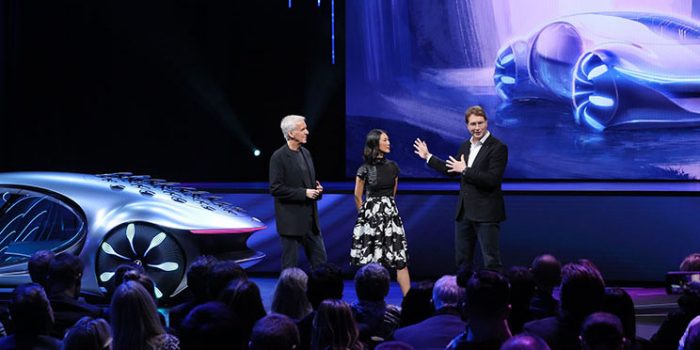
Keynotes are therefore most suitable for high-profile companies with well-known brands and relevant products or services for consumers all around the globe. If you decide to go for it, you have to bring your A game. It is important that a company’s CEO takes the stage and tells a genuine story. Yet, CES is not just in its name a show, but in quite a literal sense as well. After all, the show is taking place in Las Vegas, meaning visitors are coming to see an impressive performance. Entertainment is key and it needs to support the message both creatively and authentically. Last but not least: Keep your keynote short and to the point!
Press conferences and panels before and during CES
Speaking of keeping it to the point: This rule also applies to other appearances such as smaller press conferences and presentations on the two media days prior to the opening of the actual show. At Mandalay Bay, an array of press conferences follow one another which is very efficient and convenient for journalists as they can get and create a lot of content without much effort and travel between locations. And here is some good news for short-term planners: You don’t have to plan far ahead of time as you can book small press conference slots relatively late in the year.
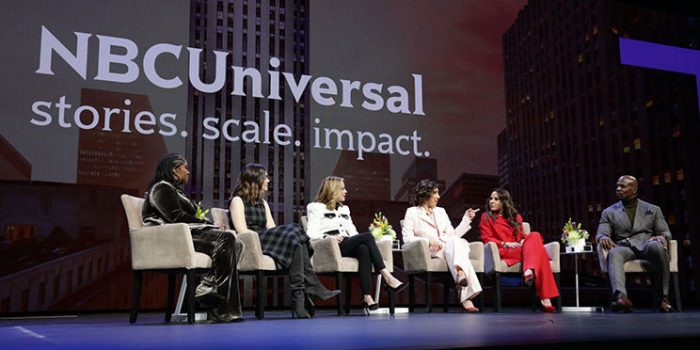
During the four show days of CES, you can also hold a press conference at your own booth. I would recommend this option for brands with a less recognizable name – the hidden heroes of the show whose products and services are relevant for niche audiences. Exhibitors can also participate in panel discussions or even host them. These discussions are a good opportunity to position your company as an expert in specific topics. Each press conference and panel is promoted through the CES app and website, which is very helpful and convenient as visitors use these platforms to find and mark interesting and relevant events for their individual CES schedule.
An event outside of CES
Thinking in terms of efficiency, you might wonder: Your target audience is in Vegas already, so why not make use of it and invite them to your own separate event outside of the show? But beware: It is not always recommendable to throw your own party only because you have potential guests present in the same city. Whether or not to have your own outside event should be carefully evaluated. Those extra events are not officially part of CES, meaning they won’t be listed in any type of CES program or communication for visitors to discover. Side programs are therefore only feasible if you have invited and brought your own guests to Las Vegas and want to provide them with a deep-dive into your topics through workshops or additional presentations.
At the end of the day, one can say that CES is the perfect platform for technology providers to position themselves as innovation leaders and present their products and services to a global audience. Las Vegas is worth the trip for every techie. Just don’t wait too long before deciding to attend.




